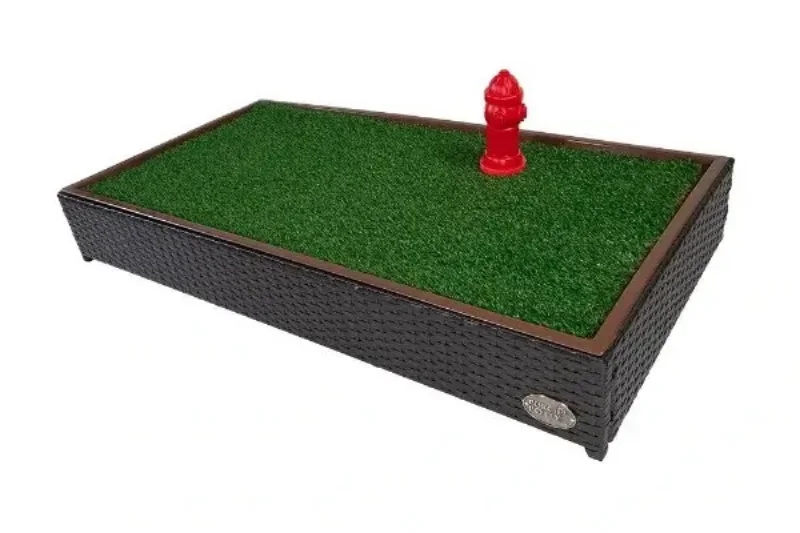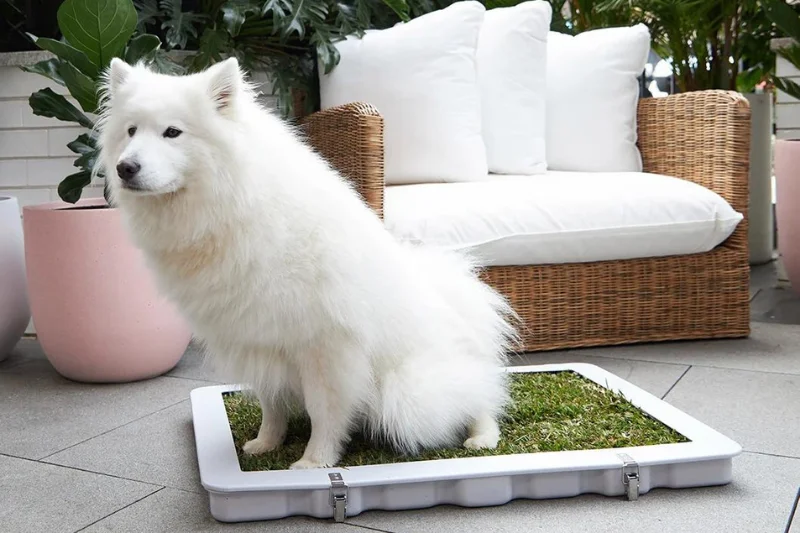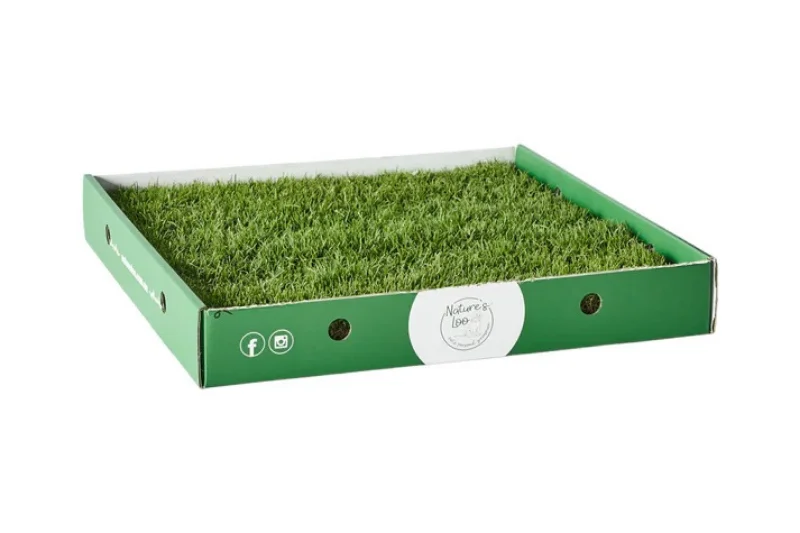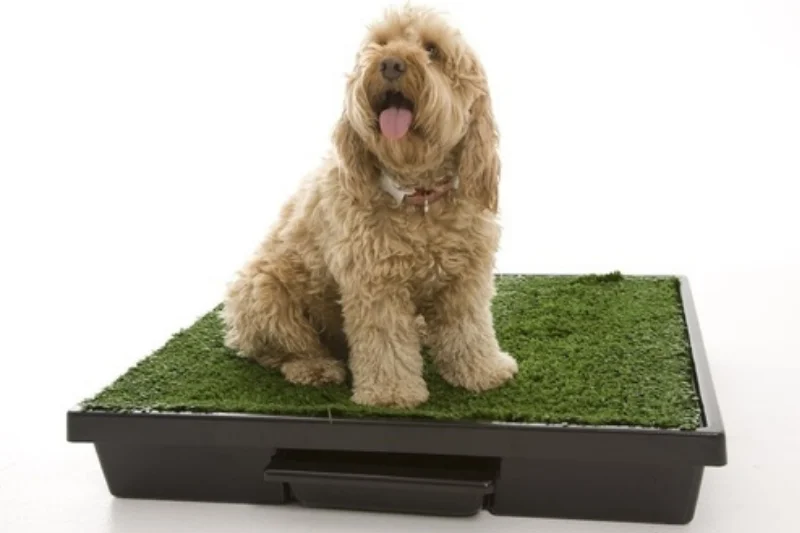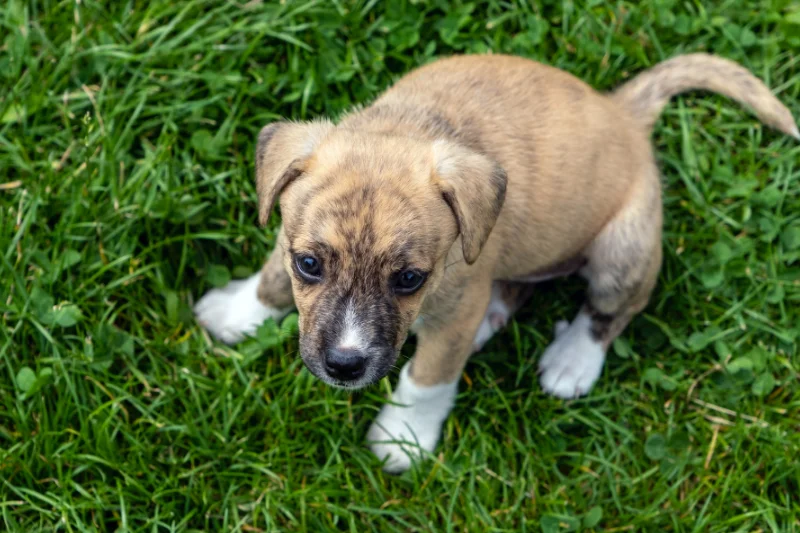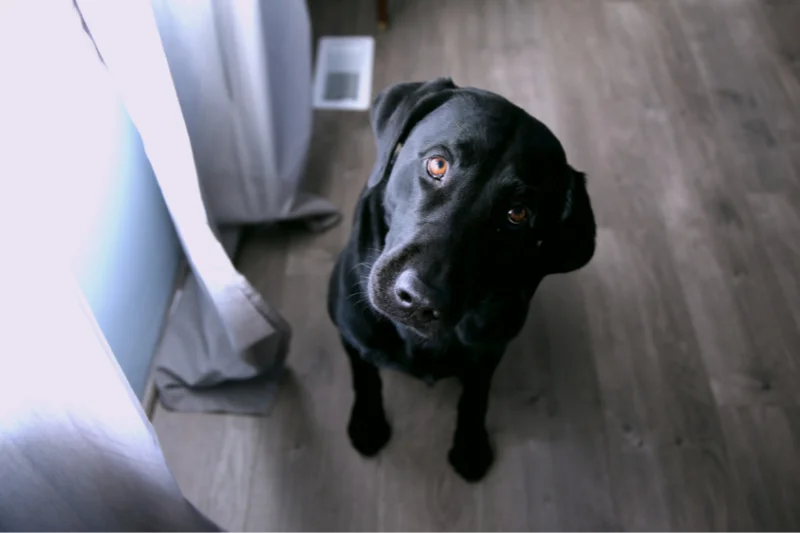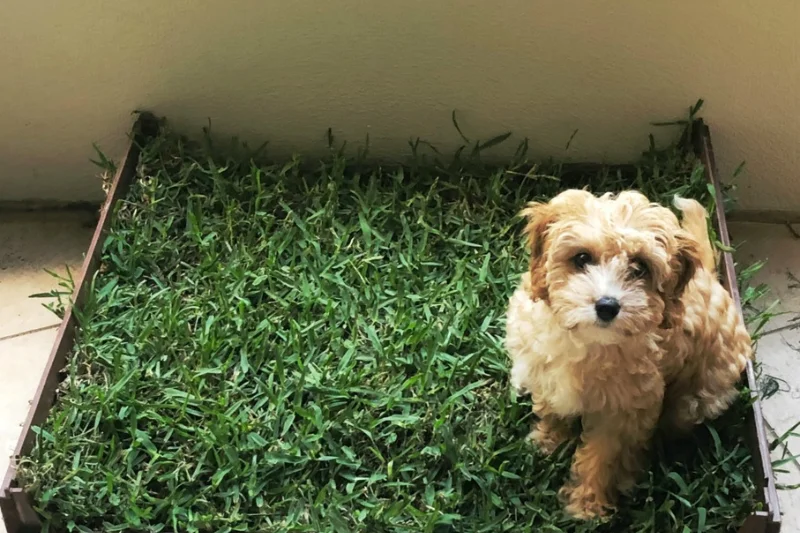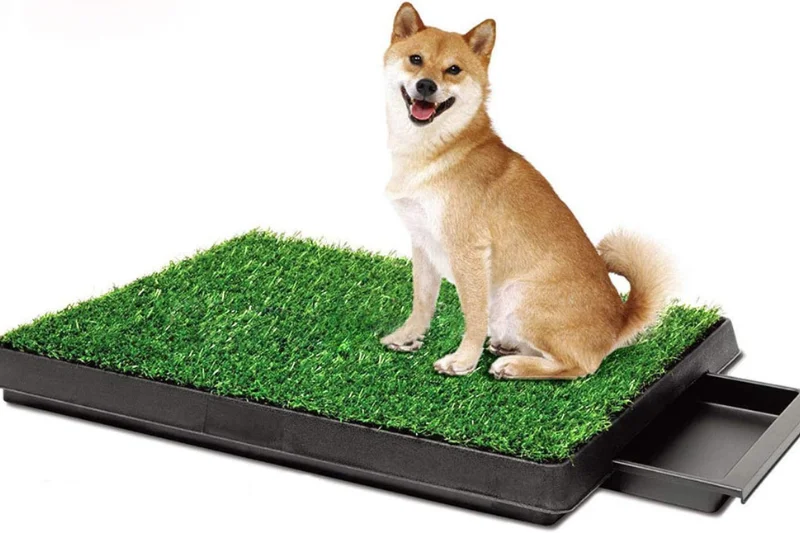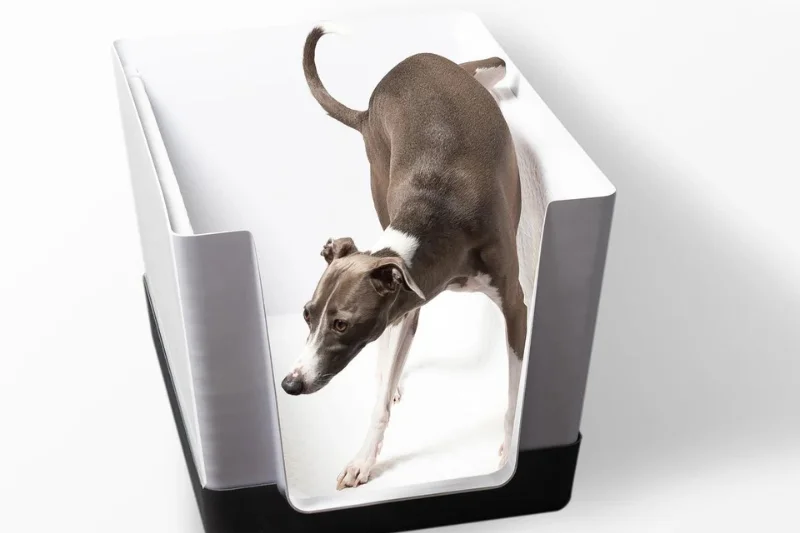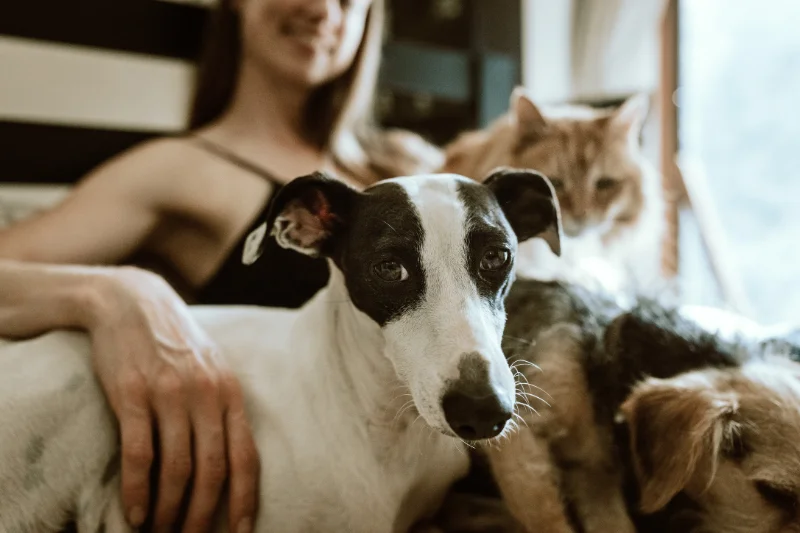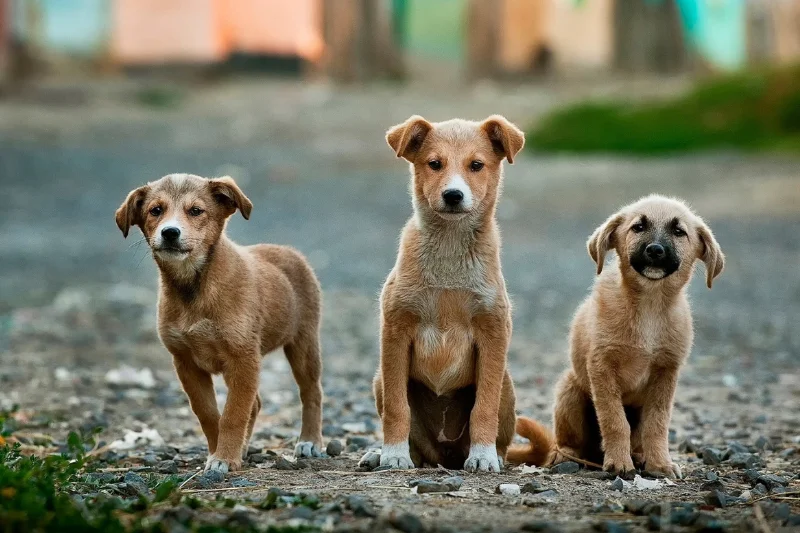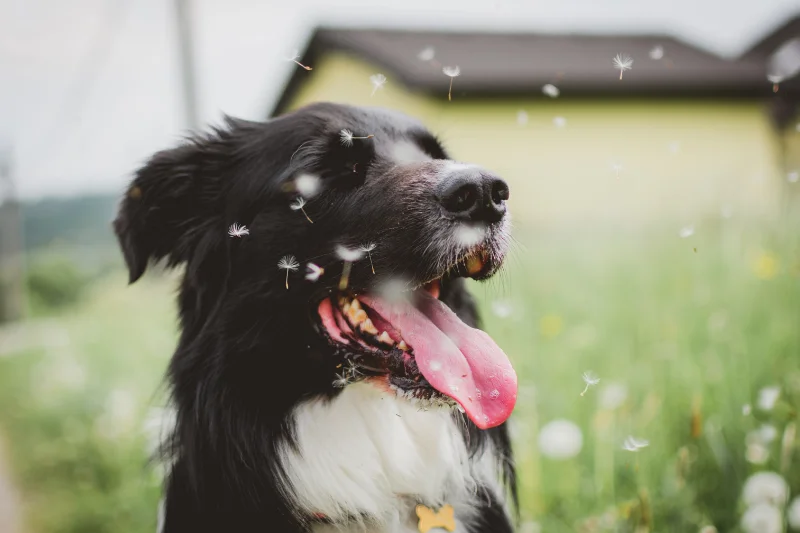Dog Toilets
Dog Toilets
Dog toilets are perfect for city-dwelling pups, those navigating harsh weather or for owners that lead busy lives. They are an amazing, clean and hygienic option for your dog to do its business. Dog toilets are a great way for your dog to learn effective potty training techniques, and make it easier for your furry friend to relieve themselves.
Have a question or want to suggest a product?
Compare Dog Toilets
Advertiser Discolure Advertiser DiscolurePerfect self-cleaning dog toilet for all sizes and breeds of dogs. With added sprinkler technology to keep it clean and smelling nice when life takes over.
Australia Wide
from/$350.99
The best eco-friendly dog toilet available to get your pup started doing their business n the correct place inside your house when you aren't around to watch when it needs the toilet.
Australia Wide
from/$249.95
Sustainable and eco-friendly option to help potty train your puppy at home or have a place for your dog to do its business while you are out of the house.
Australia Wide
from/$46.95
A portable toilet solution for any type of dog. Perfect if you are on the go, moving around and need a place for your dog to do its business.
Australia Wide
from/$144.49

